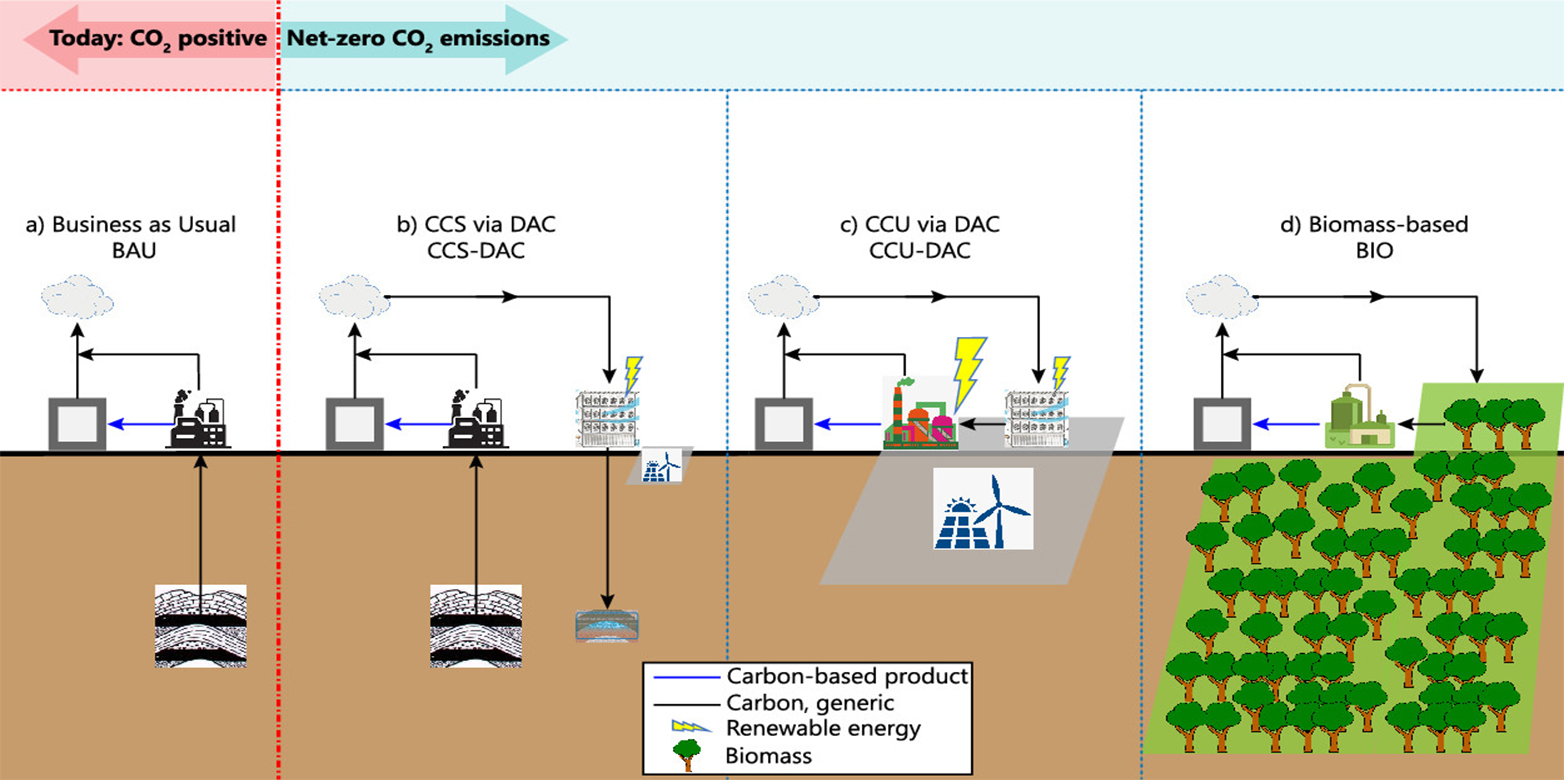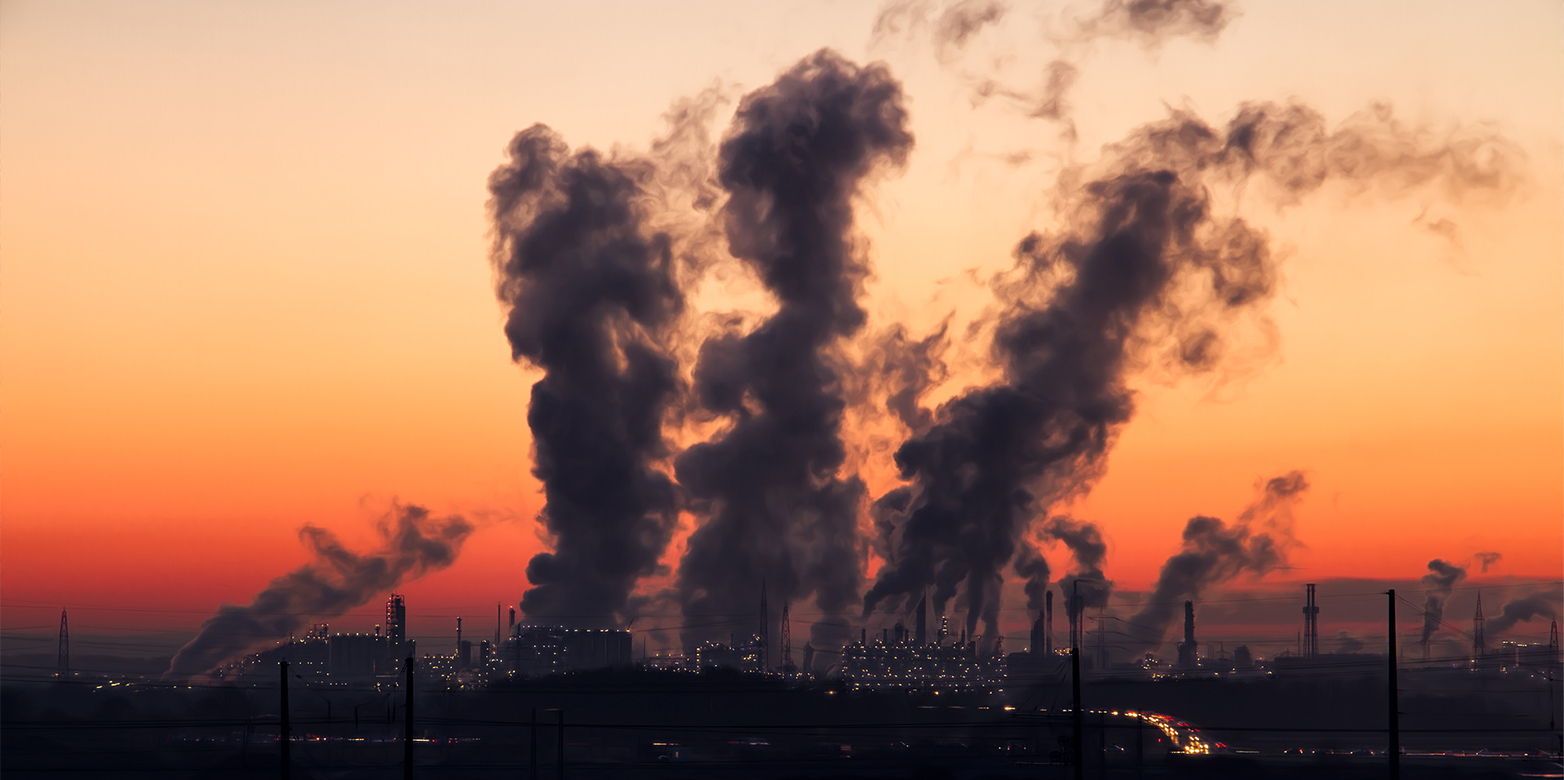How the chemical industry can meet the climate goals
ETH researchers analysed various possibilities for reducing the net CO2 emissions of the chemical industry to zero. Their conclusion? The chemical industry can in fact have a carbon-neutral future. (Re-post from ETH News)
Switzerland’s Federal Council has decided that the country should become carbon-neutral by 2050. This may be challenging as far as car traffic and the entire power sector are concerned, but not impossible – with systematic electrification and the exclusive use of carbon-neutral energy sources, for example.
A switch of this kind will be more difficult for the chemical industry. While for many other industrial sectors one of the primary concern is their energy efficiency, the chemical industry must also address the question of raw materials. “Polymers, plastics, synthetic textile fibres and medicines all contain carbon. It has to come from somewhere,” explains Marco Mazzotti, Professor of Process Engineering at ETH Zurich. As things stand, the vast majority of this carbon comes from oil and natural gas. During production, and when the chemical products are burned or decompose at the end of their life, they release CO2.
Using concrete figures and methanol production as a case study, Mazzotti and co-workers from ETH Zurich and external page Utrecht University have now systematically compared various approaches that aim at reducing net CO2 emissions from the chemical industry to zero. The main conclusion from the new study is that the goal of achieving net-zero CO2 emissions in the chemical industry is in fact attainable. However, all the approaches the study examined for achieving this target have both advantages and disadvantages, which manifest themselves differently in different regions of the world. In addition, all three concepts require more energy (in the form of electricity) than current production methods.

This research project was funded by the Swiss Competence Center for Energy Research – Efficiency of Industrial Processes (SCCER-EIP) and the Swiss Federal Office of Energy.
Reference
Gabrielli P, Gazzani M, Mazzotti M: The Role of Carbon Capture and Utilization, Carbon Capture and Storage, and Biomass to Enable a Net-Zero-CO2 Emissions Chemical Industry. Industrial and Engineering Chemistry Research, 4 March 2020, doi: external page 10.1021/acs.iecr.9b06579
For the full article, please visit the ETH Zurich homepage.
